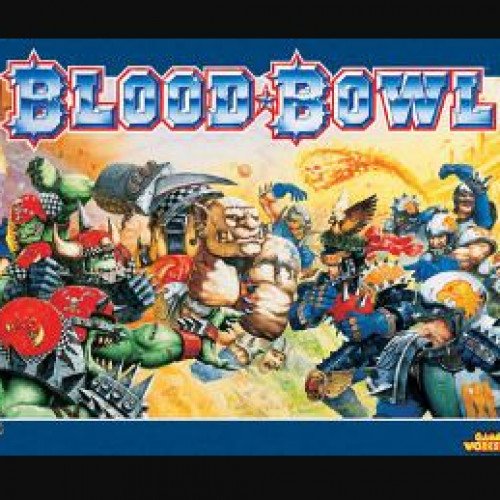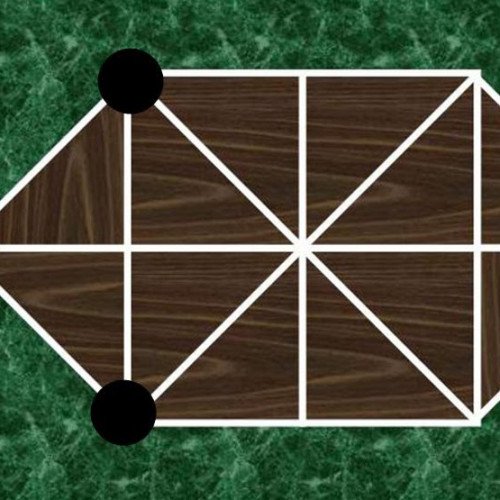BLOOD BOWL VS HARE AND HOUNDS

BLOOD BOWL
Blood Bowl is a fantasy football game created by Jervis Johnson for the British games company Games Workshop as a parody of American Football. The game was first released in 1986 and has been re-released in new editions since. Blood Bowl is set in an alternate version of the Warhammer Fantasy setting, populated by traditional fantasy elements such as human warriors, goblins, dwarves, elves, orcs and trolls. In late 2016, Games Workshop released a new version of the game - the first in 22 years. It featured a double sided board and new plastic miniatures. In August 2020, Games Workshop announced the latest version of the game, titled Blood Bowl Second Season Edition, which features a significant overhaul of the rules. This version was released in November 2020 and included miniatures for two teams and referees, a board (pitch), templates and the rule book. The rule book was also available separately, both physically and digitally. Cyanide Studio confirmed that the next videogame adaptation, Blood Bowl 3, would use the new ruleset. Blood Bowl is a two-player, turn-based board game that typically uses 28 mm miniatures to represent a contest between two teams on a playing field. A board containing a grid overlay represents the field. Using dice, cards, and counters, the players attempt to score higher than each other by entering the opponent's end zone with a player who possesses the ball. The "Blood" in Blood Bowl is represented by the violent actions available to players. Game play is based on a hybrid of American Football and Rugby. Players may attempt to injure or maim the opposition in order to make scoring easier by reducing the number of enemy players on the field.
Statistics for this Xoptio

HARE AND HOUNDS
Hare games are two-player abstract strategy board games that were popular in medieval northern Europe up until the 19th century. In this game, a hare is trying to get past three dogs who are trying to surround it and trap it. The three dogs are represented by three pieces which normally start on one end of the board, and the hare is represented by one piece that usually starts in the middle of the board or is dropped on any vacant point in the beginning of the game. Hare games are similar to Bear games and hunt games. One side has more pieces than the other with the larger side attempting to hem in the smaller side. The smaller side though is usually compensated with more powers. Where Hare games differ is that the hounds can only move forward or sideways, and not backwards. The hunters in the Bear games can move in all directions. Furthermore, the dog in the Hare games cannot capture any of the hares, unlike the tigers, leopards, jaguars, and foxes in the hunt games which can capture their respective prey counterparts. There are several different Hare game boards depending upon the country of origin. Many preferred the narrow double-ended spearhead-like boards with orthogonal and diagonal lines running through them. There were several variations on this design. However, one in Denmark used a round board, and another design is found in Latvia. Hare games are referred to by different names. In 19th century France, a hare game that was popular among the military was called The Soldiers' Game. The dog is sometimes referred to as a hound, and hence the alternative title to this game as Hare and hounds. Other names are French Military Game, Game of Dwarfs, The Devil among tailors, and Trevolpa or Volpalejden . As the rules of the game are simple to program, there are many electronic implementations of the game. The second link below allows you to play this game. In this computer game, the hares and hounds are reversed. Instead, it is the hounds attempting to surround and immobilize the hare.